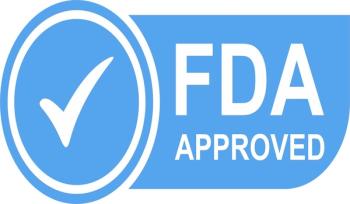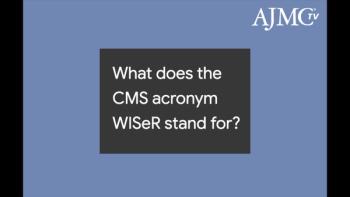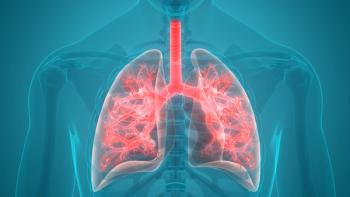
Report Describes Case of Eosinophilic Enteritis Complicated by CMV
The authors said that to their knowledge, this is the first report of cytomegalovirus (CMV) that developed during the treatment of eosinophilic enteritis in an adult.
Eosinophilic enteritis, or eosinophilic gastroenteritis, is a rare primary
The authors said that to their knowledge, this is the first report of CMV disease that developed during the treatment of eosinophilic enteritis in an adult. CMV is latent in most individuals but may become activated, especially when the immune system is impaired.
Writing in
The duodenum was red, leading the first hospital to suspect lupus enteritis and parasitic infections, but that was ruled out, leaving only the suspicion of eosinophilic enteritis. They began administering 40 mg/day of prednisolone, but she was transferred to the authors’ hospital after she did not improve after 3 weeks.
At the second hospital, her white blood cell count had increased to 9200 cells/mcL and her albumin level had dropped to 1.3 g/dL. Eosinophils were not observed in the blood. A lower gastrointestinal endoscopy did not show any signs of ulcerative colitis or Crohn disease. Testing for Clostridioides difficile and tuberculosis were negative.
CT imaging showed a massive pleural effusion, some ascites, and thickening of the wall of the small intestine.
The hospital rereviewed the results of the biopsy from the first hospital, which showed the patient had more than 20 eosinophils per high-power field (HPF) in her terminal ileum. That, plus the diarrhea and thickening of the wall of the small intestine, confirmed the eosinophilic enteritis diagnosis.
Methylprednisolone was given for 3 days, at 500 mg/day, followed by tapering prednisolone, but the patient failed to progress; she developed a fever and the hypoalbuminemia did not improve. Her C-reactive protein (CRP) levels increased gradually, and the platelet count decreased. Urinary tract infection was diagnosed, which were treated with antibiotics.
Fourteen days after transfer, her lactate dehydrogenase level was elevated.
She was then tested for immunoglobulin (Ig) G–CMV and IgM-CMV, which were positive; CMV antigenemia was extremely high. Ganciclovir was intravenously administered at a dose of 200 mg twice a day for 2 weeks, after which the CRP levels decreased, and CMV antigenemia fell to less than 10 positive cells out of 150,000 white blood cells.
Montelukast and epinastine were administered 22 and 37 days after the transfer, respectively; but the patient experienced delirium and the authors decided to taper the prednisolone and begin the immunosuppressant azathioprine.
One month after the transfer, the patient moved from a liquid diet to food; the pleural effusion had decreased and ordinary stool was observed. While the albumin levels failed to increase, the patient was discharged after 54 days in the hospital, and albumin gradually improved over the next 2 months. Prednisolone dose was taped over the next 7 months after discharge. After the prednisolone ended, the white blood cell count decreased, and the azathioprine dose was reduced to 25 mg once every 2 days, a regimen that kept the patient stable for 4 years.
Reference
Yamaga Y, Mizuno M, Okae S, et al. Eosinophilic enteritis accompanied by cytomegalovirus disease: a case report. BMC Gastroenterol. Published online April 28, 2022. doi:10.1186/s12876-022-02274-1
Newsletter
Stay ahead of policy, cost, and value—subscribe to AJMC for expert insights at the intersection of clinical care and health economics.















































